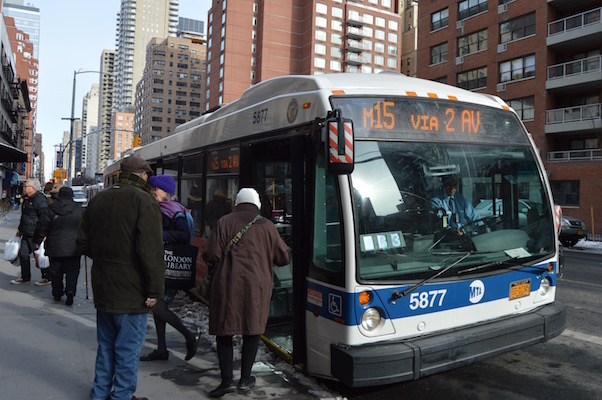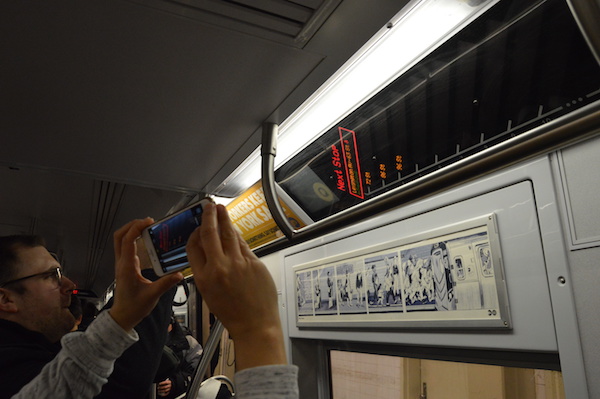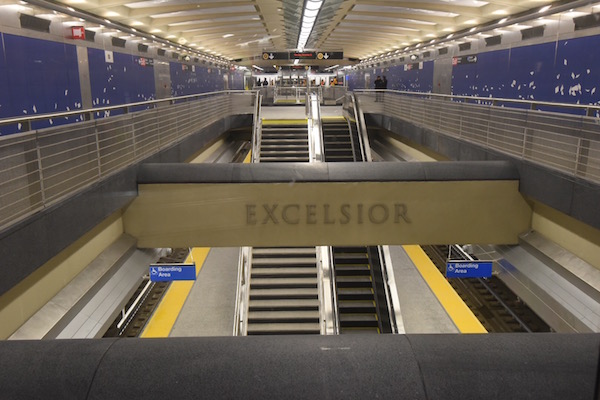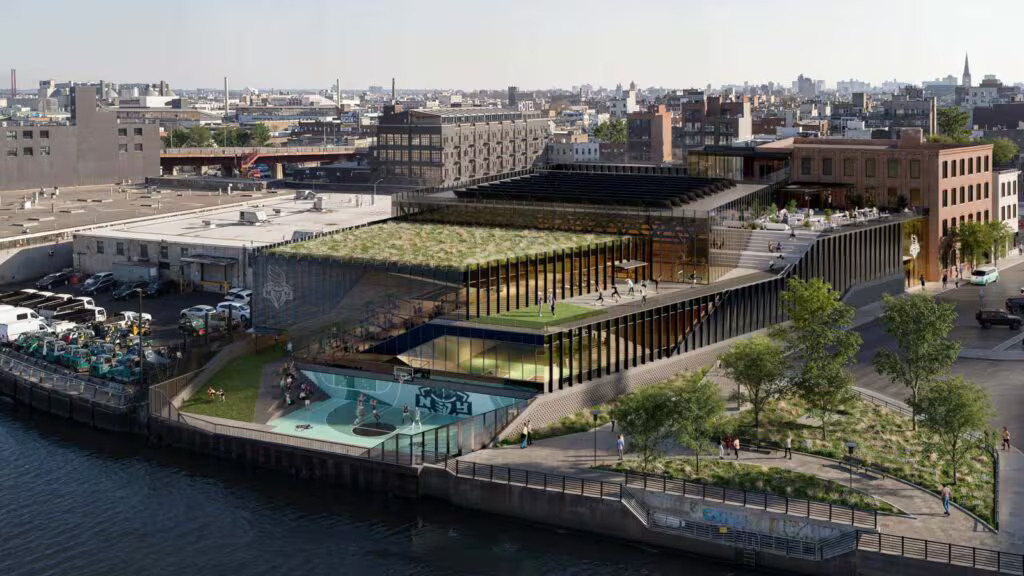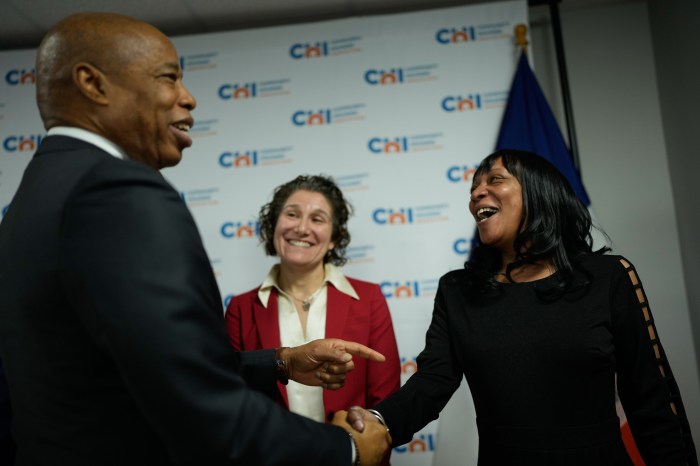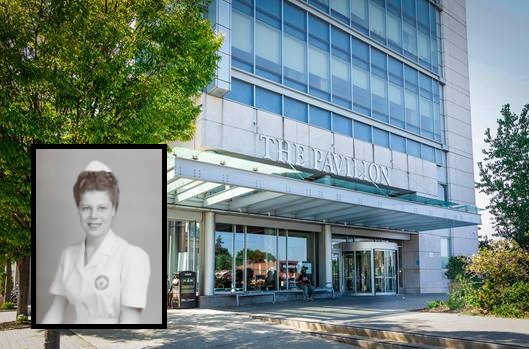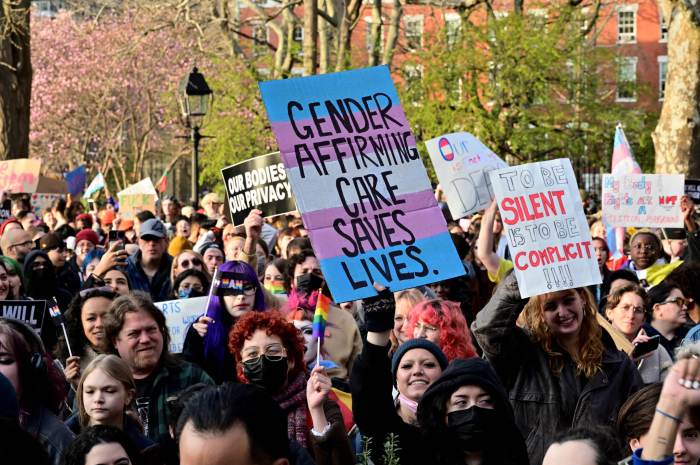With the promise of help coming from Washington, the Metropolitan Transportation Authority plans to get the engine running on up to $6.2 billion in infrastructure work in 2021 as a clearer financial picture presents itself in 2021 compared to the uncertainty of last year.
MTA Chief Development Officer Janno Lieber addressed the board in the February meeting on Thursday stating that the agency can begin lifting some of the holds on capital improvements imposed as the COVID-19 pandemic robbed their finances through dramatic ridership losses.
Track, signal and other infrastructure upgrades getting the moving ahead will likely avoid endemic delays seen throughout the system just a few years in the century-old subway system, a primary influencer in the agency adopting it $54 billion five-year capital plan at the beginning of 2020, only for it to be temporarily shelved due to the pandemic.
The annual commitment by the state to provide $3 billion and funds from the MTA’s toll increase on bridges and tunnels, as well as COVID-19 relief funding being decided upon by the Biden administration will be getting improvements moving, Lieber said.
He also expects the new administration to finalize the funding on the next phase of the Second Avenue Subway.
Approximately 27% of the $54 billion capital plan will be funded through Central Business District Tolling, the MTA hopes, which has been on the back-burner since it was passed by the state legislature in April 2019, pending federal approval. Despite USDOT planning to prioritize approving congestion pricing in Manhattan below 60th Street, there is no clear vision about precisely when this will be fully implemented.
Fare back bonds will also be sold funding commitment goals by 18%, according to Lieber.
Lieber plans to install elevators at seven stations in 2021 and replace 16 throughout the subway system while over $600 million of track work will commence.
MTA Chief Financial Officer Robert Foran on Thursday gave a more optimistic outlook on finances compared to months prior in which a $16 billion deficit was forecasted by 2024. Foran, through a McKinsey analysis, predicted that ridership may return – not completely but significantly – by that year.
That 2024 deficit now stands at a projected $8 billion, meaning a “permanent” wage freeze is in order for 2022.
“You know, we’re trying to address the immediate need, and we know that ridership has been severely depressed. But where’s ridership going to go? Well, McKinsey has projected that the new normal ridership level by the time you get to 2024 or 2025 will be between 80% and 92% of the pre-pandemic levels. 86% is the midpoint,” Foran said.
Ridership numbers on subways remain in the ballpark of about a 70% reduction from pre-pandemic numbers.
Foran’s report did, however, raise the ire of Transport Workers Union President John Samuelsen when he explained that the four-year financial plan and a wage freeze would mean a contractual agreement for a raise was not likely to happen.
“The MTA has done this to us before, we have a scheduled wage increase coming. We’ve prevailed in court with [and] it’s caused great animosity within the workforce… It’s a bit of cognitive dissonance to have celebrities touting how great the workforce is and then shaft us by withholding a raise that was scheduled, that we all entered into in good faith,” Samuelsen said, threatening to take the MTA to court.
Interim New York City Transit President Sarah Feinberg said during the board meeting that five workers in her division have died of COVID-19 since last months gathering, and Long Island Rail Road President Phil Eng said one employee in had passed recently bringing the total just below 150 over the course of the pandemic.





